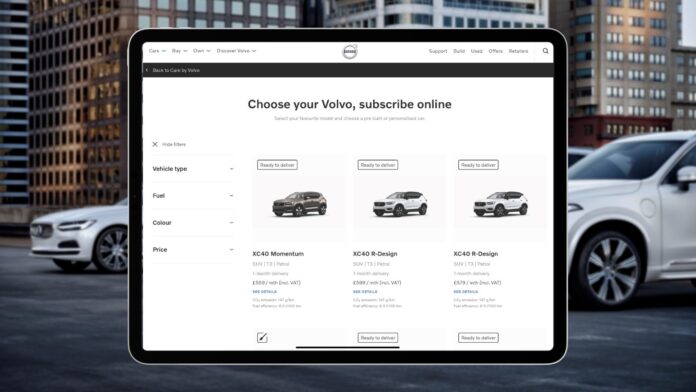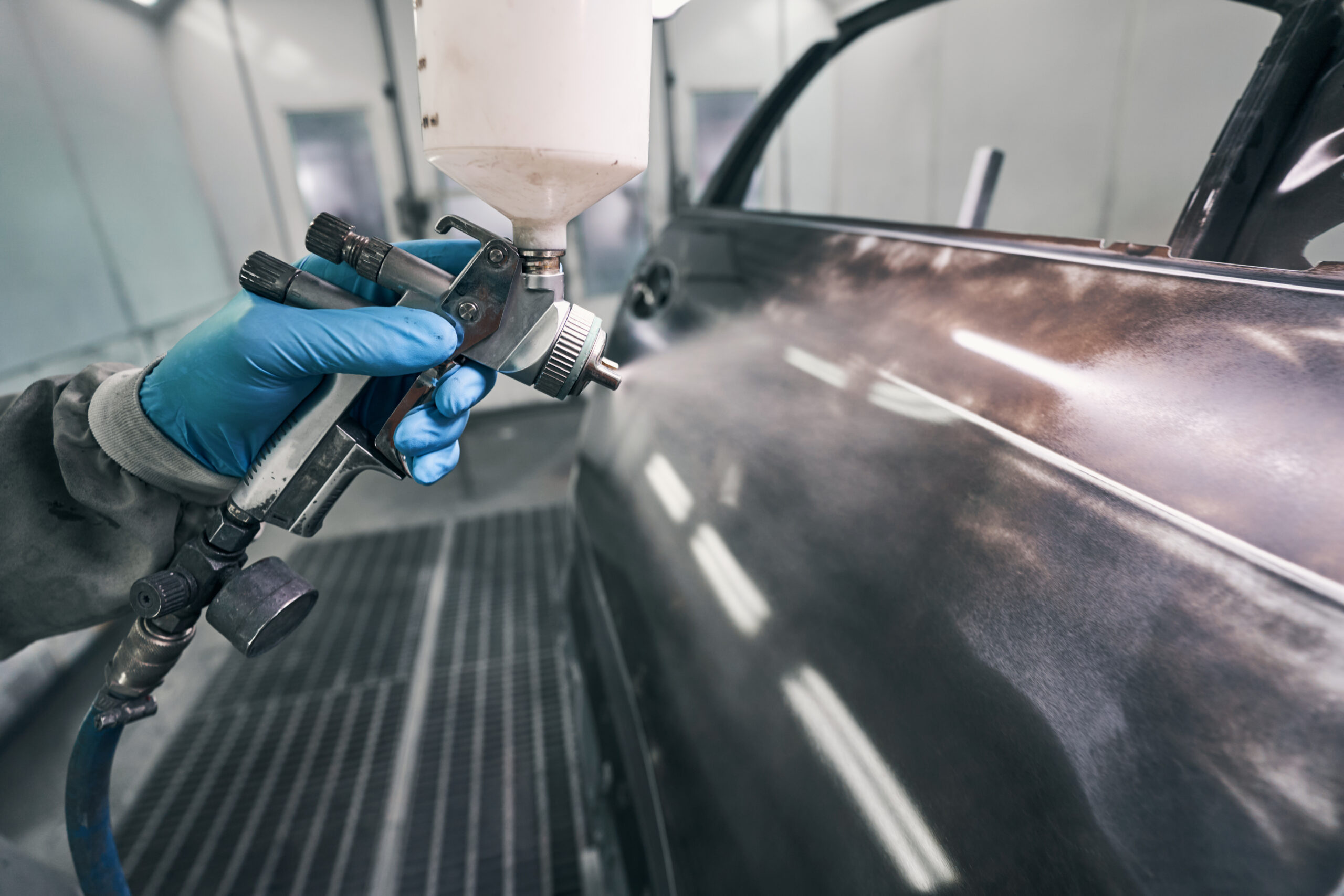EU27 and UK face a real possibility of some vehicle manufacturers closing their doors forever. Overlay that with electrification and the ever-improving stock arriving from China, and we can see consumer confusion is at an all-time high, along with immense tensions within the importer community.
Competition is fair, but this is almost insane.
Repairers are left with an ever-growing stream of vehicles which reach ever-smaller parts of the market. That in turn produces delays, extra investments and more.
Capturing the customer
There has been a strong debate over many decades about who the customer is. Insurance companies and manufacturers posture they alone are the customer, yet in both cases there is only one answer: The people who pay the bills – and for our insurer friends, that means the people paying for premiums.
Vehicle manufacturers all over the world have pursued a dream – persuade a customer (ie, the bill payer) to buy a vehicle and keep them in the brand forever. To do this entire families converted to a brand, and each time a brand conversion happened it was a very, very big deal socially. As incomes increased and it became easier to import or build vehicles, so the number of models on offer to reach ever smaller niche segments exploded.
Family or friend brand loyalty disappeared, and as the manufacturers continued to play a tune that truly did not matter, confusion set in. Trust in a vehicle is paramount, and a fragile thing – but in an open market with a generally rising quality / durability standard, there was less risk in hopping from one brand to the next. Short term finance and leasing helped this, even when once ‘inside’ there are small penalties to hop between finance systems, customers (people who pay the bill) moved.
Panic sets in
For some decades the automotive business was to sell and attractive competitively priced product and then make the main profit from company owned finance schemes as well as parts. As service intervals were extended, some customers could be ready to swap out for a new car before those big bucks landed. The greater the extension, the bigger the ‘loss’ of potential revenue. Take into account pre-pandemic the automotive industry produced most vehicles at a profit margin of 2 to 3% – not far off cost – and we can see the cunning business plan did not work too well.
After four utterly miserable and highly destructive years we are in a new era, outlined at the start of this article. However, the underlying business is in the very same place as before.
Worse, demand for a slice of profitability from new legislation and taxation, threatens survival of the automotive sector as it moves vast segments around the globe in the quest for ever lower operational costs.




